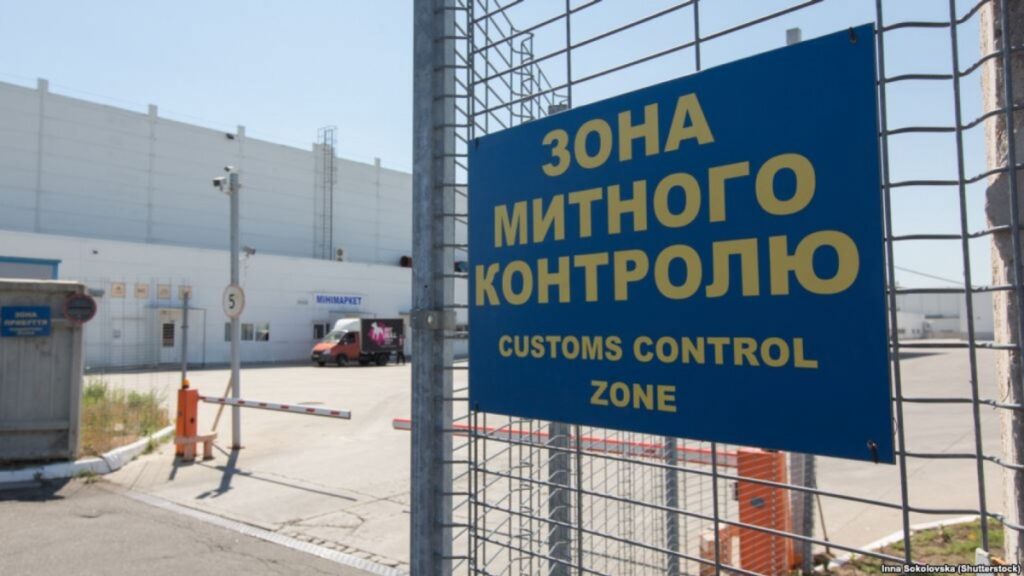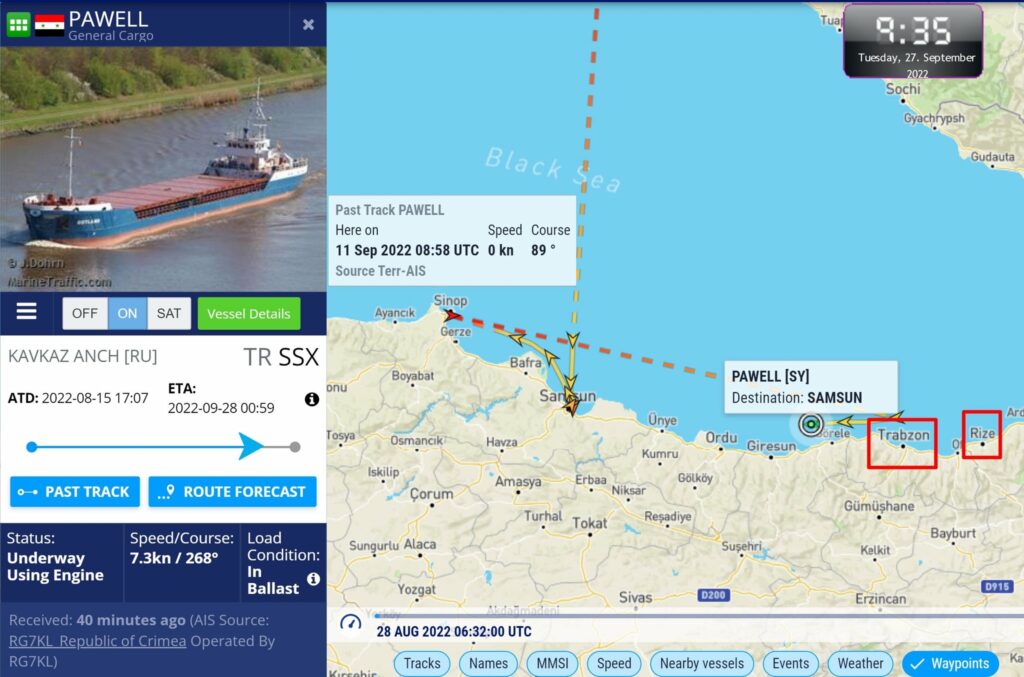Ukraine is working on the introduction of electronic bill of loading

The Ministry of Infrastructure of Ukraine resumed work on the implementation of the electronic bill of loading (e-TTN).
In August, e-TTN was to become mandatory for all transport operations in Ukraine. However, due to russia’s full-scale invasion of Ukraine, work on the project was temporarily suspended.
“Now the team of the Ministry of Infrastructure of Ukraine and the project partners are returning to work on the development and implementation of digital initiatives,” the Ministry reported.
The purpose of the e-TTN implementation project is to ensure the transparency of the transportation process, which significantly simplifies the interaction between the consignor, the carrier and the consignee. All operations will be available to participants in real time.
“Fast and effective logistics in wartime conditions are the basis of the state’s defense capability and the stable functioning of the economy. Thanks to such projects as e-TTN, we will not only speed up logistics, but also save business money. In addition, the project is part of the comprehensive strategy of the Ministry of Infrastructure for digitalization of the transport sector. By implementing it, we will be able to significantly facilitate the interaction between the state and business, as well as minimize corruption risks,” says Anatoly Komirny, Deputy Minister of Infrastructure of Ukraine for Digital Development, Digital Transformations and Digitalization.
As USM previously reported, Ukraine and Estonia are implementing a single e-bill of loading for carriers. We would like to remind, that already this year Ukraine will receive “customs visa-free” with the European Union.
In particular, in accordance with the requirements of the EU, Ukraine is introducing NCTS, a technology that connects customs services in the countries participating in the Convention on the Common Transit Procedure, allowing the exchange of customs data. This is a system to which traders submit declarations for placing goods in the common transit regime in electronic form and which is used by the member states of the Convention to control common transit, increases the efficiency and security of the transit procedure.





